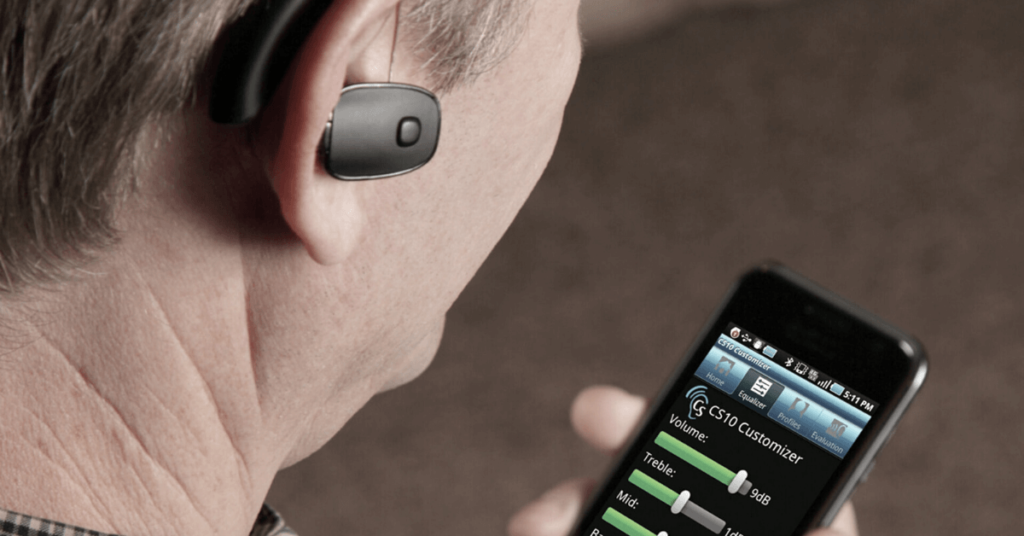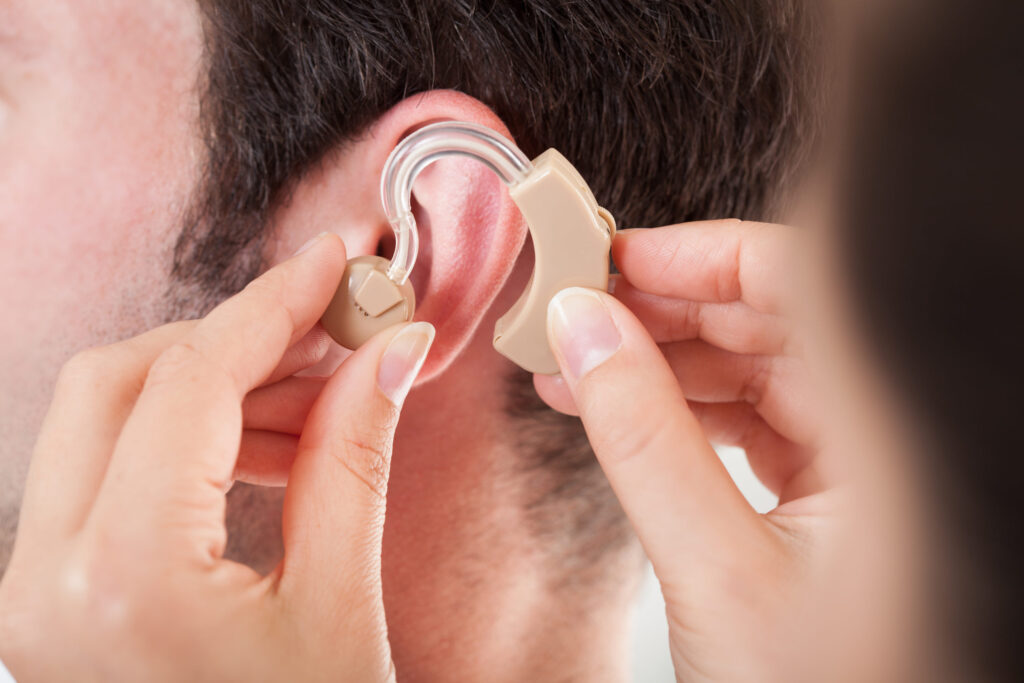

Hearing aids are electronic devices that are worn in or behind the ear to improve hearing in people with hearing impairment. They work by amplifying sounds, making them louder and clearer, and transmitting them to the ear through a speaker or receiver.
Hearing aids consist of three main components: a microphone, an amplifier, and a speaker. The microphone picks up sounds from the environment and converts them into electrical signals, which are then amplified by the amplifier. The speaker then converts the amplified signals back into sound waves, which are transmitted to the ear.
There are several types of hearing aids, including behind-the-ear (BTE), in-the-ear (ITE), and completely-in-the-canal (CIC) hearing aids. BTE hearing aids are the most common type and consist of a small plastic case that sits behind the ear and a custom-fit earpiece that sits inside the ear canal. ITE hearing aids are custom-molded to fit in the ear, while CIC hearing aids are the smallest type and fit entirely inside the ear canal.
Hearing aids can be programmed to meet the specific hearing needs of the individual wearer. The audiologist or hearing aid specialist can adjust the settings to match the wearer’s hearing loss, preferences, and lifestyle. Many hearing aids now come with advanced features such as noise reduction, directional microphones, and Bluetooth connectivity for streaming audio directly from smartphones and other devices.
Hearing aids are a safe and effective way to improve hearing and communication in people with hearing loss. They can improve speech understanding, reduce listening effort, and enhance overall quality of life. It is important to work closely with a hearing healthcare professional to select and adjust the appropriate hearing aids for the individual’s needs.

